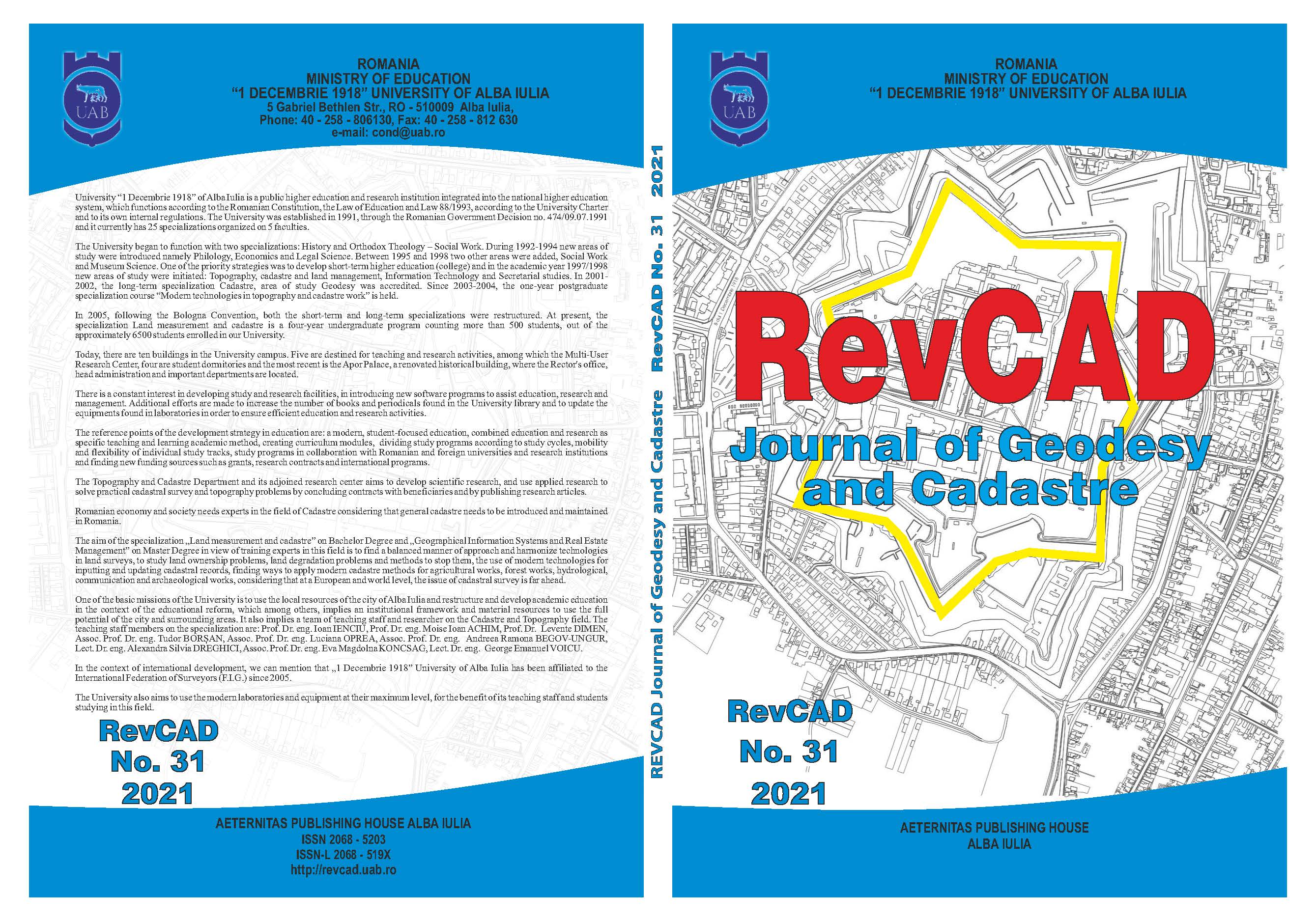Geospatial Data - Analysis, Visualization and Interpretation using Machine Learning
Geospatial Data - Analysis, Visualization and Interpretation using Machine Learning
Author(s): Alina Corina Bălă, Floarea-Maria BrebuSubject(s): Geomatics, ICT Information and Communications Technologies
Published by: Editura Aeternitas
Keywords: machine learning; data; analysis; visualization; maps;
Summary/Abstract: About 35,000 years ago, on the walls of caves near Lascaux, France, Cro-Magnon hunters drew images of the animals they hunted, imitating the structure of geospatial data with two elements, namely an image associated with attribute information. At the beginning of the twentieth century, with the development of computerized hardware, new data analysis software for making maps, the first algorithms for managing these spatial data appear. Today, the analysis, visualization, and statistical interpretation of geospatial data can be solved using various modules developed in machine learning such as: Python, Matlab, Carto, etc. These languages use different web libraries: Google Maps, Web Map Service (WMS), Global Maps, etc. depending on the result of viewing geospatial data on the user's map.
Journal: RevCAD Journal of Geodesy and Cadastre
- Issue Year: 2021
- Issue No: 31
- Page Range: 7-10
- Page Count: 4
- Language: English

